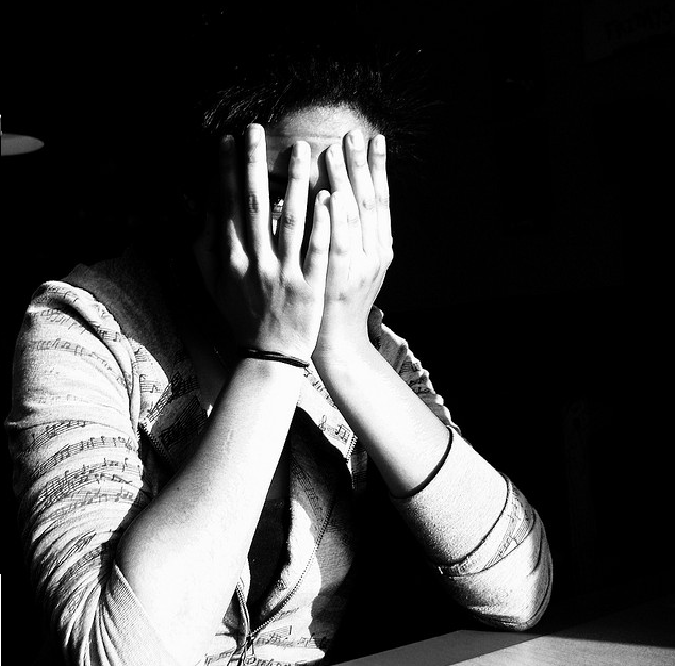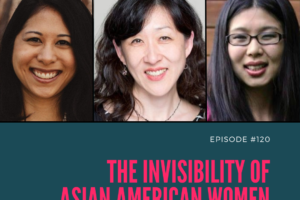Last week, I had the opportunity to teach on the cultural aspects of shame in the Asian American community. While shame can be a heavy topic, I am passionate sharing my research on this topic, since it affects so many people. I am grateful for the students’ feedback as they expressed how this lesson helped them realize the many expectations of the families and communities, and also give them the vocabulary to articulate their experiences. Being able to talk about shame with students also gives me new perspectives on the topic, and helps me see the areas needed for further research. I want to share a brief overview of my lesson.
Cultural Aspects of Shame
Since Asians are an honor/shame culture, there are a variety of cultural factors that are related with honor and shame such as filial piety. The Confucian value of filial piety plays a large part in Asian culture as maintaining social relationships, and each person is expected to know their roles. Asians want to maintain family obligations and social order, and shame is experienced when one does not uphold their family obligations and maintain honor for the family. Shame is based on external expectations from the community.
Western vs. Asian Shame
Unlike a Western sense of shame, that focuses on one’s failure to live up to one’s personal expectations, the Asian sense of shame is based on failing to live up to the community’s expectations. Georges (2016) observes how Westerners still experience shame, but that shame is often felt on a more individual, and private level of not feeling “good enough” or having lower self-esteem, while Easterners have more of an external notion of shame, looking at how “others respect me” (p. 120). As Asian Americans are caught in between the two cultures of both the Eastern and Western notions of shame, they may experience both the private and public forms of shame (Wong, et al, 2014), which is why they experience higher levels of shame than other ethnicities.
Types of Shame
Wong, et. al. (2014) created the Interpersonal Shame Inventory for Asian Americans to measure external shame and family shame. External shame happens when one thinks that one is negatively viewed by others. Family shame is the shame that one brings upon one’s family.
Positive Aspects of Shame
Nichols (2015) argues that there are positive aspects of shame, and that it is not just negative as Westerners often see it. The history of shame or chi is based on Confucianism, as Nichols (2015) shows how shame was a way for the Warring States (475 BC to 221 BC) to become united and create social order and harmony. Having a sense of shame was seen as having good moral character, since one would act properly in society and avoid bringing shame on their families and communities. Chinese parents use shame to teach their children how to properly behave (Fung, 1999). In addition, having a sense of shame has influenced the present-day culture of those of the Chinese diaspora, as it prevents people from committing crime, and also helps rehabilitate people after committing a wrongdoing.
Conclusion
Shame, like one’s conscience, can be a tool in helping one behave properly. However, ultimately, shame points back to our need for Christ, as we have all failed and have brought shame on ourselves, so it shows our need for Christ to take on our shame, transform it, and reconcile us with God. Because of Christ, we are welcomed and honored in God’s family, so that we now have a new family and identity as God’s children.
Bibliography
Fung, H. (1999). Becoming a Moral Child: The Socialization of Shame among Young Chinese Children. Ethos, (2). 180-209.
Georges, J. (2016). Ministering in Honor-Shame Cultures : Biblical Foundations and Practical Essentials. Retrieved from http://search.ebscohost.com/login.aspx?direct=true&site=eds-live&db=nlebk&AN=1350286
Nichols, R. (2015). Civilizing humans with shame: How early confucians altered inherited evolutionary norms through cultural programming to increase social harmony. Journal of Cognition and Culture, 15(3–4), 284. https://doi.org/10.1163/15685373-12342150
Shin, B. C. and Silzer, S.T. (2016). Tapestry of grace: Untangling the cultural complexities of Asian American life and ministry. Eugene, OR: Wipf and Stock.
Wong, J., Kim, B., Nguyen, C., Cheng, J., & Saw, A. (2014). The interpersonal shame inventory for Asian Americans: Scale development and psychometric properties. Journal of Counseling Psychology, 61(1), 119–132.





Leave a Reply
Your email is safe with us.